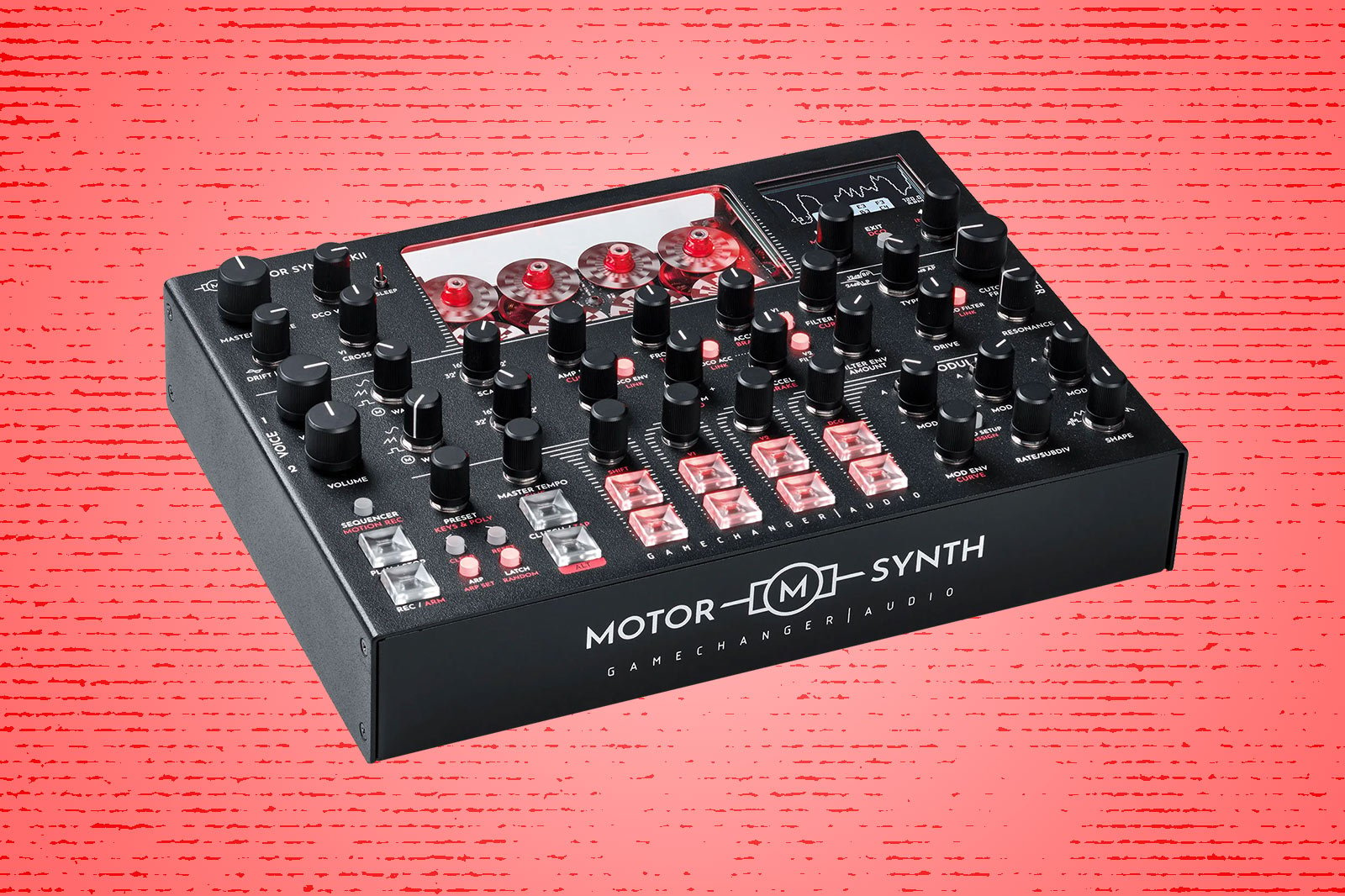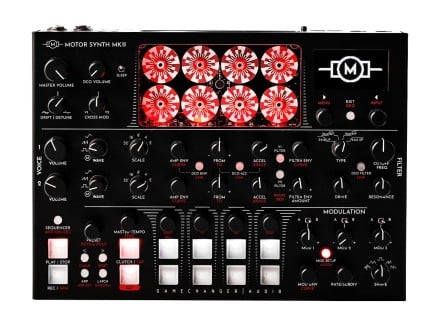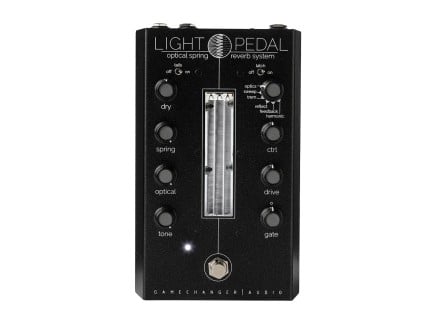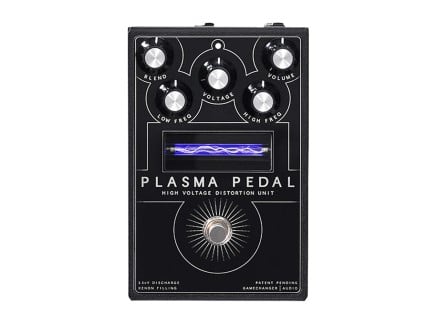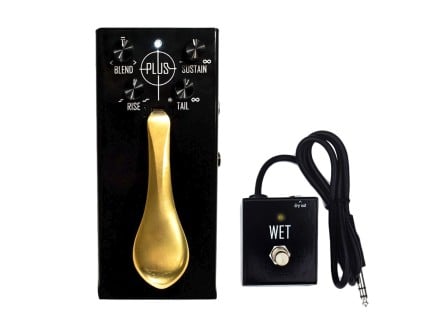The mad lads at Gamechanger Audio are at it again: after much anticipation, the long-awaited MOTOR Synth MkII is finally shipping. That's right—the updated version of that funky little desktop synthesizer with literal spinning motors inside is making its way out into the world. And it's not just for show, because those motors are actually used to generate sound in place of traditional oscillators.
If you're not familiar with the MOTOR Synth, it's a desktop synthesizer that creates audio waveforms derived from its eight spinning motors and processes them with analog filtering, drive, and digital modulation just as you'd find on any other synth. As you might expect, using actual motors instead of analog or digital oscillators gives the MOTOR Synth a rather unique sound, and Gamechanger Audio was sure to trick it out with flexible performance and control features to ensure that it truly is a full-fledged instrument—not a gimmick.
We're fascinated by each device that the Gamechanger Audio crew has produced, and as a retailer that specializes in synthesizers, we're beyond excited to be carrying the MOTOR Synth. The MkII version offers some welcome updates in reliability and features, representing the definitive iteration of Gamechanger's motor-based music technology. In this article, we'll cover all of that and more as we contextualize this one-of-a-kind instrument, and, hopefully, show that sometimes it's worth pursuing even your most bizarre ideas.
Who Are These Gamechangers?
The MOTOR Synth isn't the first time that Gamechanger Audio has engineered some sort of novel concept as the basis of a product—in fact, that's primarily part of what makes them so game-changing! If you're not familiar with Gamechanger's story, we definitely suggest checking out the About Us page on their website. They've laid out a compelling visual timeline of their exciting history, and it's worth a read if you're interested in what they do. We also had the pleasure of interviewing founder Ijia Krumins back in early 2020, which is also worth reading for some clear insight into their philosophies.
Part of the Gamechanger Audio design mantra is about recontextualizing interfaces commonly associated with specific instruments (or more general objects) and opening them up as musical tools that can be applied to anything. After all, how else would you use a piano-style sustain pedal on your guitar? Or a retro Bigsby tremolo bar on your synthesizers? That's what makes their PLUS and BIGSBY pedals so fun—not only are they remarkably great sounding effects pedals, but the creative effort placed into their hardware design elevates the experience of using them.
On the other hand, Gamechanger Audio isn't afraid to craft something totally new from the ground up. Look no further than the electrifying (literally) Plasma or the LIGHT pedal, an optically-enhanced spring reverb, for examples of how Gamechanger HQ spins up new ideas. We'd firmly place the MOTOR Synth in this category of totally original products unlike anything else out there.
Why Motors? And How?
As noted on the Gamechanger Audio history page on their website, the MOTOR Synth MkII is the culmination of research into musical motor designs dating back to 2018. Though a couple of different design concepts were introduced along the way, it was eventually decided that a desktop synthesizer would be the most immediately engaging way to introduce their motor technology to the world.
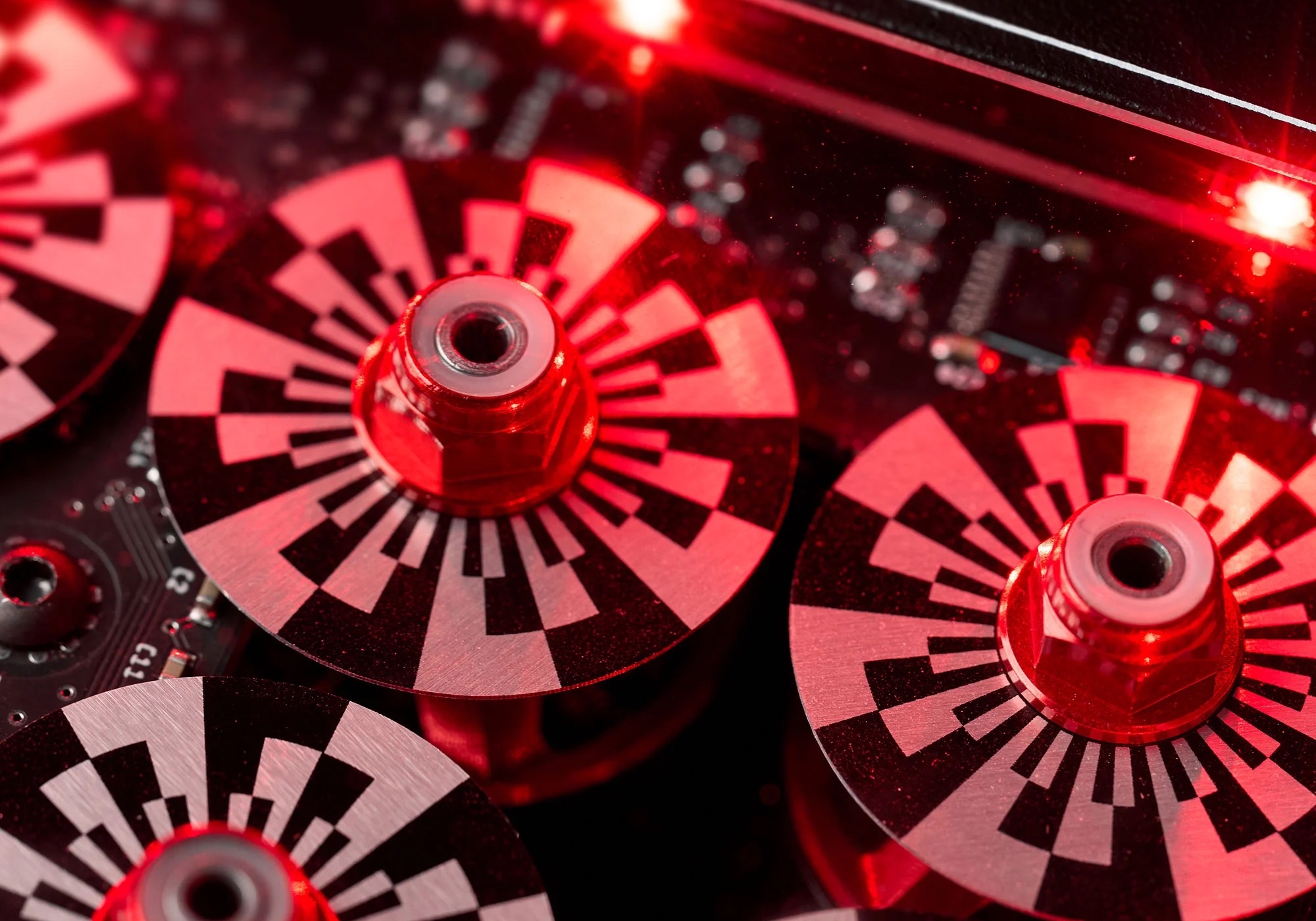
The concept of motor-based instruments isn't totally new, but Gamechanger's take on the idea is far removed from early electromechanical instruments. The Telharmonium, a large pipe organ-inspired instrument developed in 1897, was likely the first well-known instrument to use tonewheels, consisting of an AC motor, gear assemblies, and electromagnetic pickups, as a method of sound generation. This technology was later adopted into various Hammond organ models, like the B-3, which then went on to become a staple sound in all styles of music ranging from jazz and gospel to progressive rock.

But, as the forward march of technology seems to go, tonewheels and AC motors were phased out of instrument design in favor of smaller and cheaper alternatives, such as vacuum tubes, transistors, and eventually integrated circuits and digital microcontrollers. However, the rise of compact, low-power DC motors in DIY electronics circles and the drone industry coupled with inspiration after a Gamechanger Audio engineer's "weird dream about Motors" led to the perfect storm of conditions that made the MOTOR Synth possible.
Compared to tonewheel instruments, MOTOR Synth takes a much more refined approach in how it uses motors to create sounds. At its core, a combination of custom, high-spec brushless DC motors with dedicated optical disks allow for infrared lasers to read engraved waveforms. The motors spin with precision at controlled musical frequencies, and dedicated tracks of gradients on each disk correspond to typical synthesizer waveforms: sine, square, and sawtooth. A fourth waveform simply called M is derived from pickups placed near each motor, not unlike how a tonewheel operates.
While the tech might seem complicated or convoluted, it's a big part of what makes the MOTOR Synth so unique. And Gamechanger has put plenty of time into refining their motor system, especially in the new MkII version, to offer the best performance and reliability that it can. And, most importantly, the MOTOR Synth hides all of the technical details under the surface and leaves the musically relevant parameters at the top for direct and intuitive operation.
MOTOR Synth MkII Overview
Motors aside, the MOTOR Synth MkII operates much like any other synthesizer would, and in fact packs in some delightful modern features to make it a powerhouse performance and sound design instrument. Not only are there some well-designed elements of analog circuitry and digital control, but MOTOR Synth also leverages some neat tricks with the motors to further stand out from the crowd.
With a total of eight motors, MOTOR Synth divides them down into two voices, with a number of independent filtering, envelope, and controls for each. And because there are four motors per voice, that means you can play up to four different notes on each. In terms of signal flow, each motor's signal is managed through its own VCA, before being summed together within their respective voices and routed into the voice's filter and output VCA.
As discussed above, each motor contains an optical disk engraved with sine, sawtooth, and square waveforms, plus a fourth M inductive waveform. The two voices may be set to different waveforms, as well as scaled to different octave ranges. Uniquely, the MOTOR Synth offers ACCELERATION and BRAKE functions for its pitch envelopes, as well as s global DRIFT/DETUNE control—all of which actually modify the control system in place for the motors. Of course, there are also traditional analog envelopes in place for controlling the amplitude and filtering of each voice.
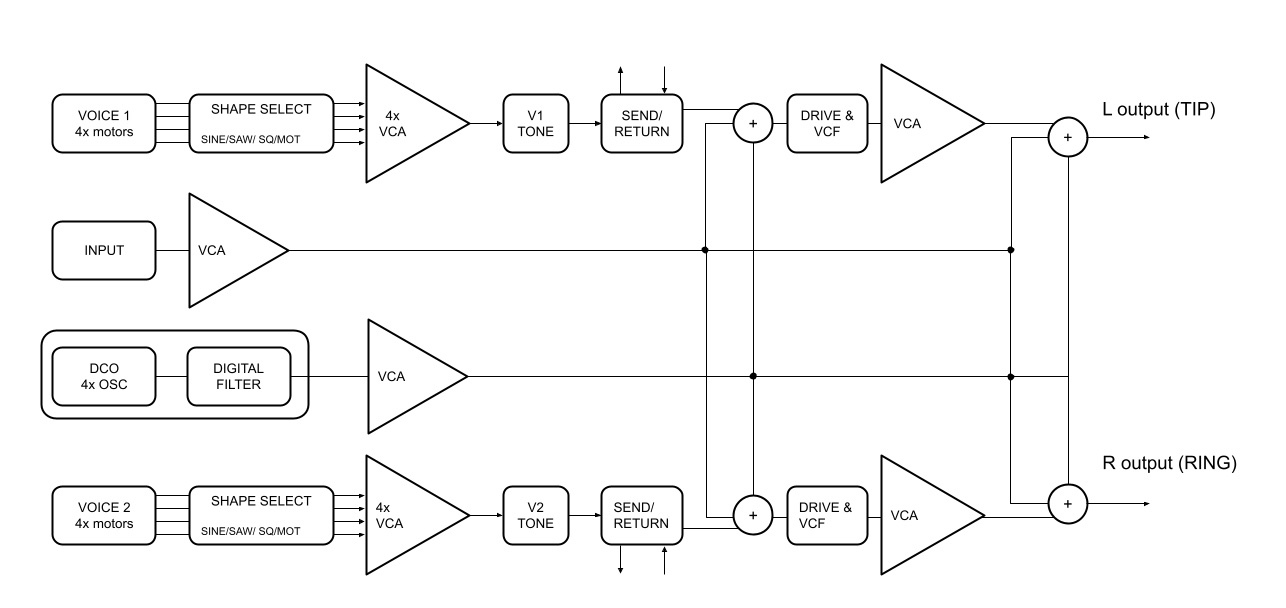
Independent filters are available for each Motor Voice, offering all of the essential filtering parameters like cutoff frequency, resonance, and, of couse…analog input drive. There are four modes available: 24dB low pass, 12dB band pass, 12dB high pass, and 24dB all pass—with variable resonance that goes all the way up to self-oscillation. The envelopes for both the filtering and amplitude VCAs are impressively flexible, offering numerous modes from ADSR to DADSR and ADSHR plus adjustable curve controls. And if you're looking for a little more fun, both Motor Voices feature their own send and return insert loop, allowing you to inject effects into their signal path after the motor VCAs but before the filter and output VCA.
Separate from the Motor Voices, MOTOR Synth MkII features a third, all-digital voice called DCO. It offers different waveforms than what the Motor Voices can provide, plus digital filters and noise generators to complement the analog sound palette. All of these extended parameters are available in MOTOR Synth's menus, which may be navigated with the display and encoders at the top right of the front panel. This is the voice to turn to if you're looking to extend the tonal capabilities of what the Motor Voices themselves are able to provide.

To complete the package, MOTOR Synth offers a dedicated modulation section for applying movement and motion to your sounds. Three LFOs, with their own assignable A and B mod slots, can be assigned to control up to six different parameters across the entire instrument and are shapable by their own flexible envelope generators. For custom contours, a multi-lane MOTION RECORD ENGINE offers eight tracks in which you can lay down loopable knob movements in real time, with customizable playback settings.
As a desktop synthesizer, MOTOR Synth MkII doesn't feature a piano keyboard to play its sounds. Instead, the eight keypads at the bottom may be used for manually playing notes, or entering values into the sequencer or arpeggiator, with their pitches defined by the associated encoders. Of course, any modern synth should be able to play nicely with others, so you can also play the MOTOR Synth with external sources via 5-pin MIDI, USB MIDI, or the assignable CV and trigger inputs.
Start Your Engines...
In our current synthesizer renaissance, it's always refreshing to see an instrument that is so boldly different from everything else, and we can easily say that Gamechanger Audio succeeded in making the MOTOR Synth MkII beautifully unique. There's a time and a place for "if it ain't broke, don't fix it," but in my eyes, pursuing curiosity and bringing a wild idea to life keeps product designs fresh, especially with creative devices like synthesizers. I personally can't help but feel excitement at the products that Gamechanger Audio is putting out and am eagerly looking forward to hearing music made with the MOTOR Synth, as well as seeing what products the future holds.

